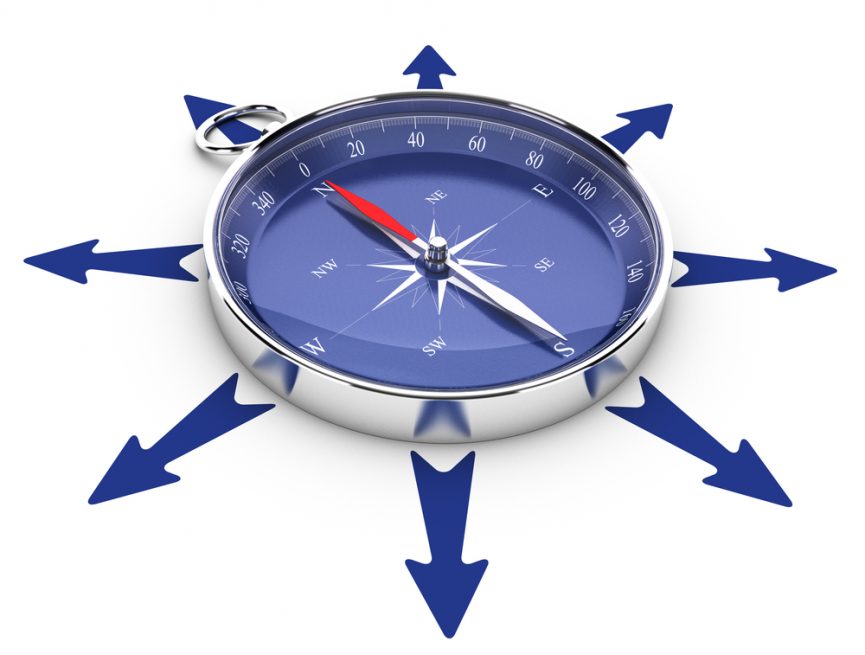Most mergers and acquisitions fail to deliver the expected return on investment. Large capital projects and new systems do not always deliver promised productivity improvements or a better user experience. In spite of this, companies continue to launch new change efforts expecting different outcomes. Regardless of industry, organizations and governments cannot abandon their pursuit of excellence through change; to do so would stall progress. Given these challenges, the ability to effectively execute change will be a lasting and key differentiator.
We have tried change management and it does not work. Weary executives have collectively committed millions of dollars to change management programs, tools, workshops, and employee certification. The result has been a resoundingly hollow thud. In most organizations, adoption of new Enterprise Resource Planning (ERP) systems, desired cultural changes, or improved processes in operations, production, or accounting is slower than anticipated, wasting valuable resources. It does not have to be this way.
Given the challenges that accompany change, the ability to effectively execute change will always be a key way in which organizations are distinguished from each other. In spite of many years of continued change in North American organizations, seventy percent of these change efforts still fail to achieve the stated goals.
Both internal and external factors can precipitate organizational change. Other than a troubled economy, external factors that may trigger change efforts are declining sales, increased commodity prices, and supplier or customer concerns. Internal factors that become the impetus for organizational change include: declining employee morale, product quality issues, health and safety incidents, or increasing costs for employee compensation. Ironically perhaps, change is the only constant in business. Without it, there would be little or no progress, as businesses would stay safely within the familiar. Few failures, the result of few risks, limit opportunities for problem-solving and learning, and the innovations that arise from these processes.
The rate and pace of change varies by industry and organization, and often varies within a given industry or organization, depending on the pressure to respond to the internal or external catalysts.
When change is urgently needed or a crisis is looming, leaders often intuitively recognize the need to be more decisive and will quickly move to action. Although they may be faced with difficult and emotionally charged options such as reducing staff, the best leaders make the tough decisions even in the face of heightened risk and urgency. What keeps them on track regardless of the difficult circumstances? They recognize their responsibility to all stakeholders—employees, customers, and shareholders.
Are you leading change in your organization? In my book,Feet to the Fire: How to Exemplify and Create the Accountability that Creates Great Companies, I walk you through a model that will significantly step up your ability to effectively lead your organization through change. Incorporating this model into your management approach will help you become a world-class change leader. To learn more, pick up a copy on Amazon.
My clients accelerate their results – increasing profitability, leadership performance, innovation, and accountability. I would love to discuss how I might contribute to your success. Contact me today.
If you found this beneficial, click here to sign up for my newsletter or share via social media below.
© 2019 Lorraine A. Moore. All rights reserved. Permission granted to excerpt or reprint with attribution.

